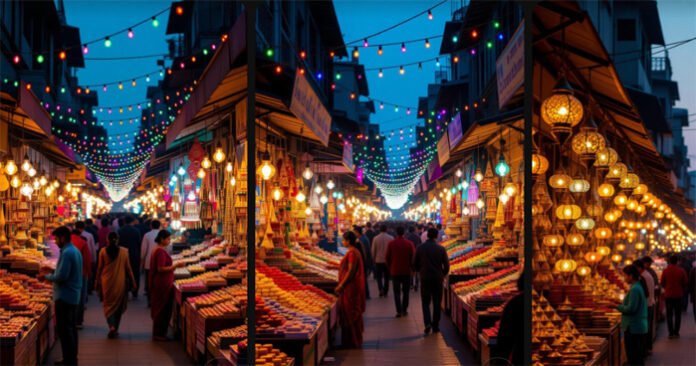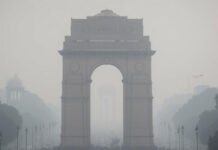India’s consumption story has just broken through another milestone. According to a nationwide survey by the Confederation of All India Traders (CAIT) released October 22, 2025, the 2025 Diwali season achieved an unprecedented trade turnover of ₹6.05 lakh crore, marking a 25% year-on-year increase over 2024. Fortune India
The breakdown: ₹5.40 lakh crore in goods and ₹65,000 crore in services traded during the festive period. A large part of the uptick is attributed to the rollout of Goods and Services Tax 2.0 (GST 2.0) coupled with a strategic push for Indian-made (“Swadeshi”) goods. Fortune India
“This year’s Diwali sale has been more than just a festival—it’s a declaration of India’s manufacturing intent and consumer confidence,” said CAIT president Mr. Bharat Singh in his statement.
What stands out in the data:
Rural and semi-urban markets accounted for 28% of the overall trade, highlighting a deeper penetration of consumption beyond the big cities. Fortune India
87% of consumers surveyed said they preferred Indian-made goods over imports; meanwhile, sales of Chinese goods dropped sharply. Fortune India
Key categories seeing significant growth: garments, footwear, home décor and confectionery—areas where GST 2.0 rate cuts and compliance streamlining appear to have helped.
What this means for India’s economy
This record trade value signals that India’s consumption machine is gaining strength—important in a global context where many economies are facing growth headwinds. The twin policies of GST 2.0 (designed to reduce tax burden and improve ease of doing business) and the “Vocal for Local” narrative appear to be resonating.
Retailers report that festival-season demand peaked earlier than usual, and some credit the relative improvement in rural incomes and festive sentiment. Several manufacturing units say they achieved ~25% growth in output compared to the same period last year. Fortune India
Key challenges and outlook
Despite the strong numbers, analysts caution that sustaining this momentum through the year will require structural improvements—especially in supply chains, credit access for SMEs, and rural infrastructure. The seasonal spike is one thing; maintaining higher base levels is another.
Also, as prices rise (particularly in commodities, food, and fuel), consumers’ discretionary spend might be squeezed, especially beyond the festival window. The “make-in-India” push may also provoke retaliatory import restrictions or supply chain bottlenecks in certain segments.
Why this matters
For retailers and manufacturers, this is a signal to gear up for higher production, focus on Indian-made brands, and deepen reach into tier 2/3 cities and rural markets.
For policymakers, this provides validation to GST 2.0 and local manufacturing incentives; the challenge remains to turn seasonal highs into sustained growth.
For investors, this reinforces India’s large-addressable consumer market story—especially in discretionary categories tied to festivals and lifestyle.
As India closes the books on Diwali 2025, the big question is: can the post-festival momentum pave the way for a high-growth phase in consumer markets—or will it remain a solitary blaze of brilliance? Either way, the data leaves little doubt that India’s consumption engine is revving up.
















